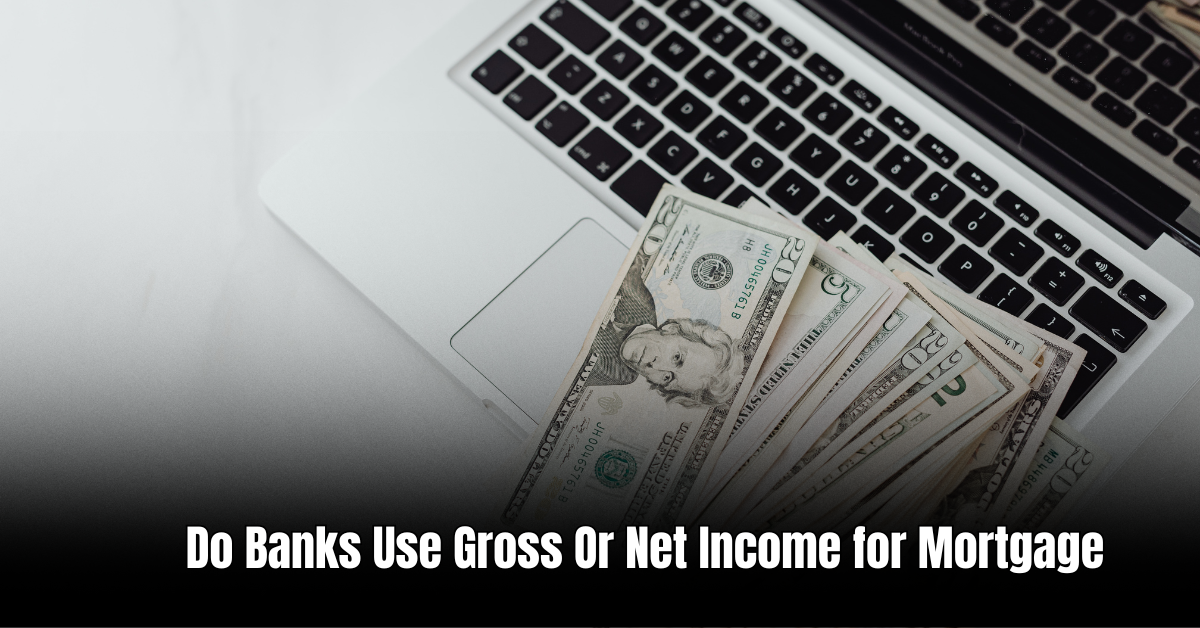When it comes to mortgages, many people rely on advertised rates to make decisions about their home financing. However, it is important to understand the difference between advertised mortgage rates and the actual rates that you may be offered. In this article, we will explain what advertised mortgage rates are and why they can often differ from the rates you qualify for.
Understanding Advertised Mortgage Rates
Advertised mortgage rates are rates that lenders promote to attract potential borrowers. These rates are usually displayed on the lender’s website, in advertisements, or any other marketing materials. The advertised rates are typically based on specific assumptions and may not reflect the rates that you personally qualify for.
Why Advertised Rates Can Be Misleading
Advertised mortgage rates may not accurately reflect the rates you can obtain due to several reasons:
- Creditworthiness: The interest rate you qualify for can be influenced by factors such as your credit score, credit history, and debt-to-income ratio. If you have a lower credit score or a higher debt-to-income ratio, you may be offered a higher interest rate compared to the advertised rates.
- Loan-to-Value Ratio: The loan-to-value ratio (LTV) is the ratio of the mortgage amount to the appraised value of the property. If you have a higher LTV, meaning you are borrowing a larger percentage of the home’s value, you may be offered a higher interest rate compared to borrowers with lower LTVs.
- Loan Type and Term: Different loan types and terms can have varying interest rates. For example, adjustable-rate mortgages (ARMs) typically have lower initial rates but can adjust over time, while fixed-rate mortgages offer stability with a consistent interest rate over the entire loan term. Your actual rate can vary based on the specific loan product you choose.
- Location: Mortgage rates can also vary based on the location of the property. Factors such as local market conditions, state regulations, and property value trends can influence the rates offered in different regions.
Factors that Impact Your Personalized Rates
To determine the actual interest rate you qualify for, lenders consider several factors including:
- Credit Score: Your credit score plays a significant role in determining the interest rate you are offered. Generally, a higher credit score translates to a lower interest rate.
- Debt-to-Income Ratio: Lenders assess your debt-to-income ratio to evaluate your ability to repay the mortgage. A lower ratio indicates lower risk, which can result in a lower interest rate.
- Loan Amount and LTV: The loan amount and the loan-to-value ratio can affect the interest rate you qualify for. A larger loan amount or a higher LTV may lead to a higher interest rate.
- Market Conditions: Mortgage rates can be influenced by economic factors such as inflation, the overall interest rate environment, and market trends. These factors can cause rates to fluctuate over time.
The Importance of Getting Personalized Mortgage Quotes
While advertised mortgage rates can serve as a starting point for comparison, it is essential to get personalized mortgage quotes from multiple lenders to find the best rate for your specific circumstances. Comparing quotes can help you understand the rates you qualify for and identify the most competitive offer.
To get personalized mortgage quotes, you’ll need to provide lenders with information about your financial situation, including your credit score, income, and the property’s details. Based on this information, lenders can provide you with a more accurate interest rate quote tailored to your specific situation.
Frequently Asked Questions Of Advertised Mortgage Rates Vs Actual: Uncovering The Truth
Q: How Do Advertised Mortgage Rates Differ From Actual Rates?
A: Advertised mortgage rates are often lower to attract customers, while actual rates are determined based on factors such as credit score and loan amount.
Q: What Factors Can Affect The Difference Between Advertised And Actual Mortgage Rates?
A: Factors such as credit score, loan amount, loan term, and current economic conditions can all impact the difference between advertised and actual mortgage rates.
Q: Why Are Advertised Mortgage Rates Lower Than Actual Rates?
A: Lenders advertise lower rates to attract borrowers, but the actual rates can be higher due to individual creditworthiness and market conditions.
Q: How Can I Determine The Actual Mortgage Rates I Qualify For?
A: To determine the actual rates you qualify for, it is best to consult with a mortgage lender who can evaluate your financial situation and provide accurate rate information.
Conclusion
When evaluating mortgage rates, it is crucial to understand that advertised rates are not necessarily the rates you will be offered. Personalized factors such as creditworthiness, loan amounts, and market conditions influence the interest rate you qualify for. It is always a good idea to reach out to multiple lenders, share your financial details, and compare personalized mortgage quotes to find the most competitive offer. By doing so, you can make an informed decision when selecting a mortgage that best fits your needs and financial goals.
Ismail Hossain is the founder of Law Advised. He is an Divorce, Separation, marriage lawyer. Follow him.




Leave a Reply